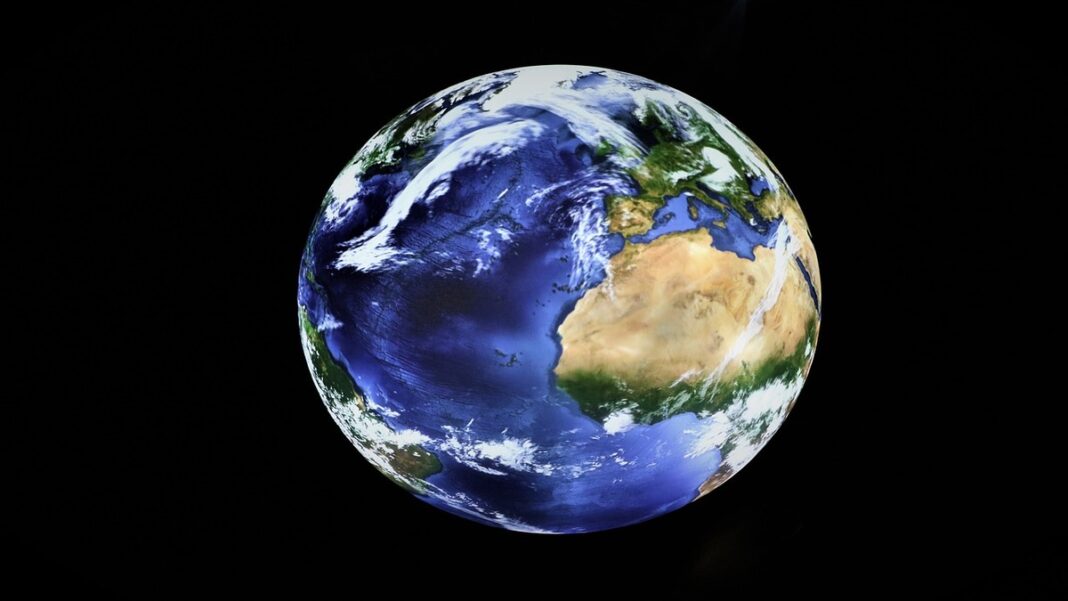UNITED STATES: A United Nations-backed panel of specialists predicts that the Earth’s protective ozone layer will restore itself in four decades.
The conclusion, which is released every four years, is in conformity with the Montreal Protocol, which prohibited the manufacturing and consumption of chemicals that deplete the earth’s ozone layer.
Ozone layer depletion and the role of Montreal Protocol
In the 1970s, the ozone layer started to deteriorate. Chlorofluorocarbons (CFCs), which were widely found in spray cans, refrigerators, foam insulation, and air conditioners, were cited as the primary causes of depletion.
In May 1985, scientists claimed that they had found a hole in the ozone layer. Two years later, 46 countries signed the Montreal Protocol, promising to slowly get rid of these harmful compounds.
The international treaty was designed to protect the ozone layer as it defends the planet from the Sun’s dangerous UV radiation, which has been linked to skin cancer, eye cataracts, weaker immune systems, and even damage to agricultural land.
World Meteorological Organization’s report
According to the UN assessment, the procedure is “functioning as planned.” If the current trends continue, the ozone layer should recover to its 1980 levels by 2040, according to the scientists.
According to the analysis, the Arctic will return to normal by 2045, while the Antarctic continent may do the same by 2066.
Particularly between 2019 and 2021, meteorological factors had a significant impact on the fluctuations in the size of the Antarctic ozone hole.
The paper also stated that the Antarctic ozone gap has continuously grown in size and depth since 2000.
The World Meteorological Organization’s Secretary-General, Petteri Taalas, said in a statement, “Ozone action establishes precedence for climate action.”
It further read, “Our achievement in eliminating ozone-depleting chemicals shows us what can and must be done – as a matter of urgency – to transition away from fossil fuels, reduce greenhouse gases, and therefore limit temperature increase.”
Also Read: The Earth Radiation Budget Satellite to Fall in Earth from Space



